ShipStation Review 2021: Features, Pricing, Integrations
The idea of online sales is one of which many people are now acquainted with years ago. However, one thing is to sell the stuff, another is to deliver it quickly. Order fulfillment is one of the most complicated aspects of the e-commerce industry. The method of packaging, shipment, and distribution of goods purchased online is in e-commerce culture.
You will certainly be able to receive the goods on multiple platforms. A percentage of the instructions are considered to be retracted because of irritation. In a matter of moments, ShipStation will solve it - not only does it eliminate the shipping pressure, but does it with half the usual time. ShipStation was founded in 2011 in Texas and has been being used by thousands of eCommerce sellers who need to carry out their orders without too much trouble. We will clarify how it operates in this review and find out if it is a suitable choice for your online store. We will give you some alternatives so that you get a full picture of the demand for e-commerce apps.
About ShipStation
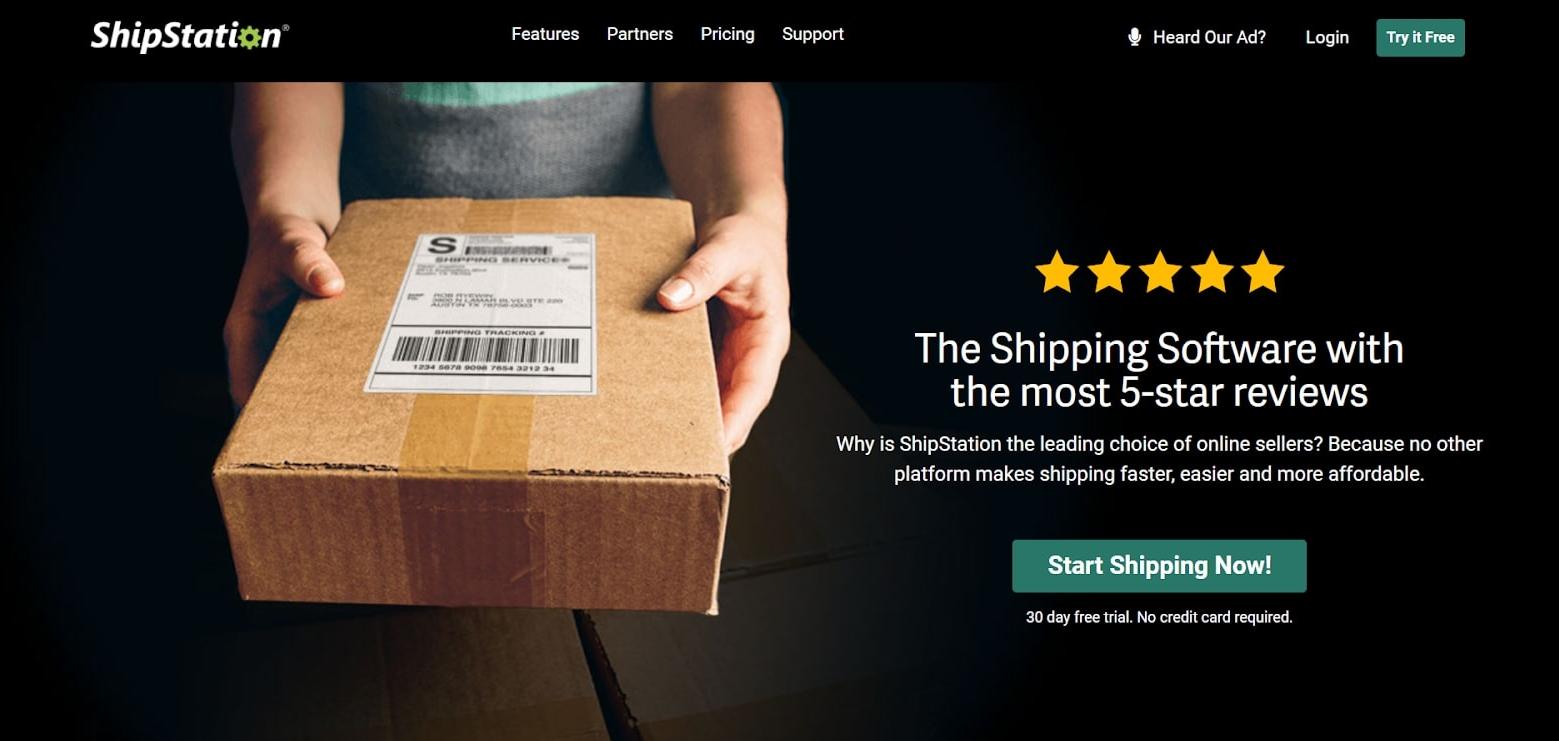
In order to accelerate the order fulfillment process, ShipStation is a software framework that integrates with a wide variety of eCommerce sites, market places, and shopping carts. The app is completely web-based, so you don’t need to install anything on your computer.
At the most fundamental stage, ShipStation will import orders from an automated order center, like a Web site for e-commerce. Upon import into the program, a freight carrier and a shipment system will then be selected for the shipping program, postal payments earned, and a shipping label printed. It then notifies the channel of distribution and the consumer about the shipment and offers instruments for the tracking and management of shipments.
For the customer, ShipStation also offers tools to handle your shipping process, track your systems to remove frustration and errors and use automation to eliminate your manual work. ShipStation can currently represent sellers in the U.S., Canada, the USA, and Australia.
Setting up ShipStation
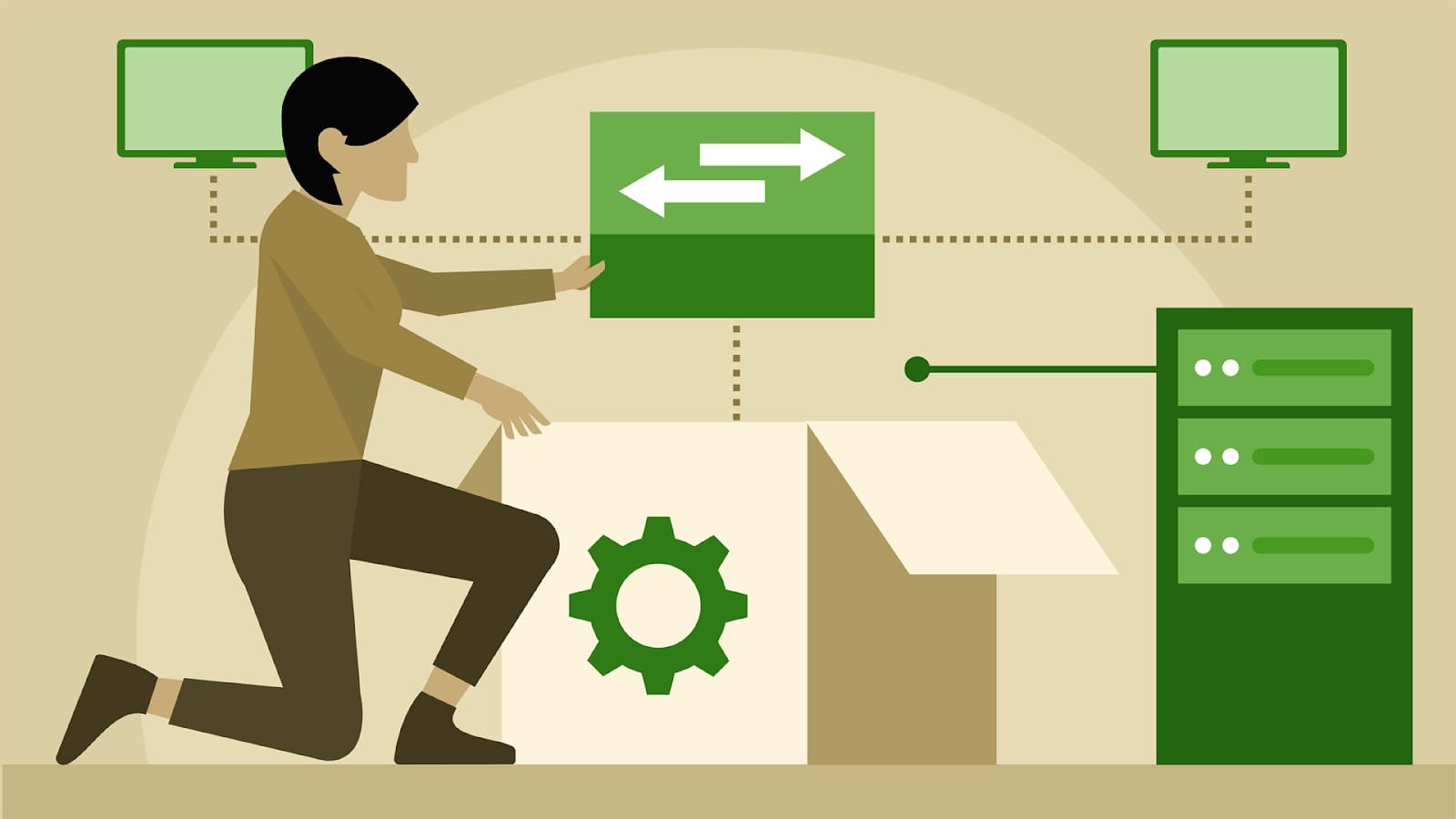
You need to continue in a four-step process before logging in to your account to have ShipStation installed.
You are required to register for their free trial for 30 days and to get some basic information. This includes your name, company name, and email address. You’re forwarded to a Welcome page to link to a sale channel after you have filled them correctly.

The next step is to pick a primary shipping company that is included in our account. Remember that when you log into your ShipStation account, each shipping partner has to follow its steps. ShipStation is popular with brands like FedEx, USPS, and USPS. You will have access to a free stamp if you have been signed into USPS through ShipStation. You will use the Stamps payment system to create labels for all other providers.
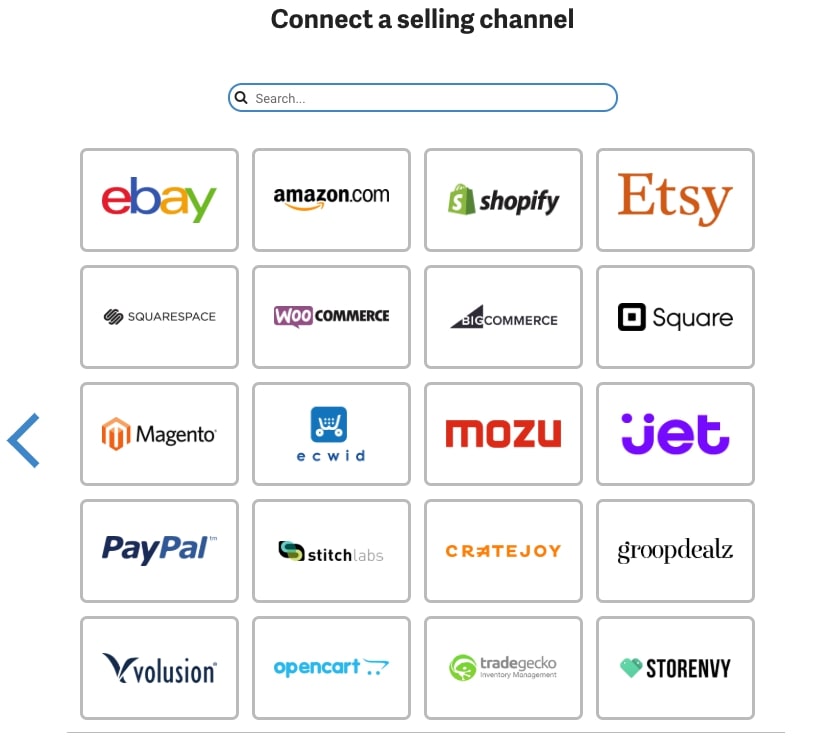
The third step is to build your label configuration and you must specify whether a thermal or a standard desktop printer is your choice for printing. When you print several labels using a single letter-sized board, ShipStation personalized label-orientation by 90 degrees. The format often takes into account whether only the logos or package slips need to be printed. Make sure that you save your settings.
Finally, you will have to send your location to notify ShipStation about the origin of your shipment. This location is used to return a rate to your postal service provider. You will be able to ship your orders as soon as you have completed them.
Handling orders with ShipStation
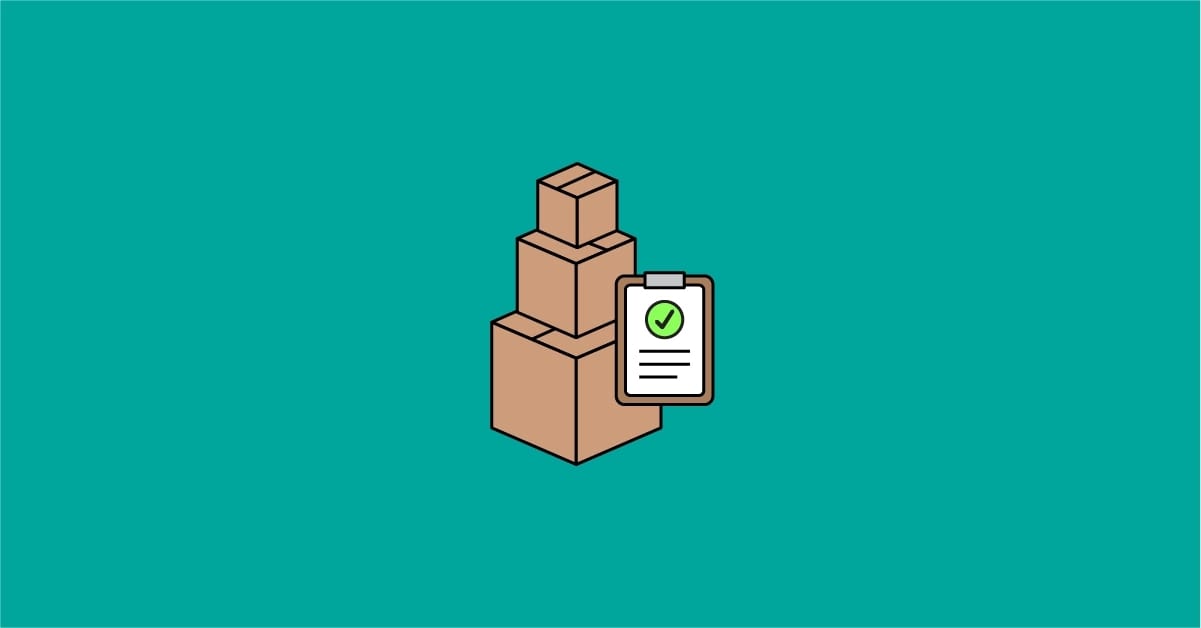
You don’t want to make mistakes as a vendor who wanted to align with ShipStation. Thus, step by step, we have compiled an overview of how your orders should be delivered without difficulties.
Auto-Set
Only by clicking on the button “Update All Stores,” which is embedded in your home pages, can you set the order to ShipStation. You can only opt to import orders at a time from a certain store. To create a label for your order, you need to submit the shipping information. This covers dimensions, weight, shipping time, confirmation, and even the choices for insurance. You will be issued a postal rate by ShipStation after you have filled out your shipping options. The pricing calculator lists the rate of all the vendors to find the lowest freight rate.
The ShipStation Connect can now be installed to print your labels. This program allows you to switch print jobs to printing machines from your account. You can also import and print the label using a PDF viewer. You also have the privilege at ShipStation of printing shipping labels and monitoring batches for them.
Labeling and Shipping
The distribution channel will be told of the shipping information and the customer until your label is successfully produced. The postal service assigns a tracking number to your label. Navigate to the order specifics in the Shipment Grid, to find this number. The number leads to the monitoring tab, which can be accessed through geo-tracking by the customer.
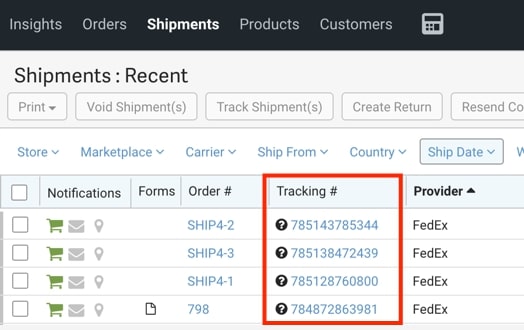
They can be shipped to the nearest branch of your carrier or received at your shipping point. What you have to do is to organize the shipping label easily.
ShipStation Key Features

Automation
The automation functionality of ShipStation enables you to personalize order management to save shipment time and resources. It uses automation rules that are policies you choose to enforce on a range of orders.
Each rule begins navigating to Settings, then press on your account’s Automation Rules. Go here and create a guideline and lay down rules, as in the screenshots. For example, it would look like this if you choose to choose a normal international shipping configuration.
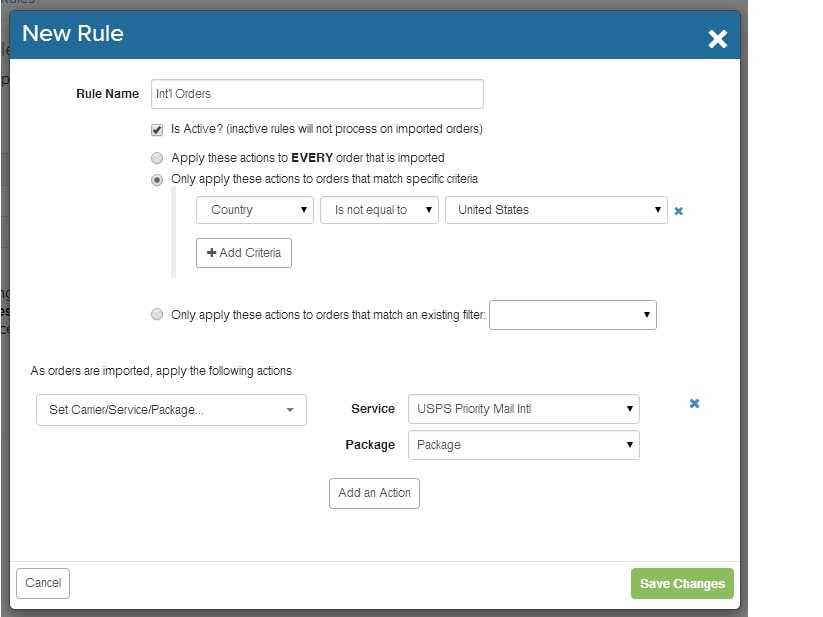
Custom Views
This functionality is helpful if you choose to modify the user interface. You will choose what you want to see from this option and set it to the Display option. You have the option of selecting the default page from different interface sizes and lists.
Order Management
You can import data from more than 40 distribution channels through ShipStation. The program implements delivery preferences preconfigured for each order. The specifications, custom packaging slips, and labeled labels are based on this. You will then import your order directly from chosen distribution outlets and then install a carrier and build shipping labels immediately.
Then ShipStation updates each e-store automatically with the shipment status and tracking data. With a click on the Return Management function, the return label for each shipment is automatically printed.
Branding
Customized labels from ShipStation allow you to add your logo and other brand details as you produce distribution labels and packaging slips. With the social media addresses for your company, you can customize pictures and colors and add a FAQ section to your confirmation email.
Returns
ShipStation helps you to print out labels and orders in order to ease the customer’s return process. You may also set individual return rules, log returns and pick those carriers to complete the returns.
Reporting
The comprehensive analysis and evaluation of your processes, consumer involvement, pricing patterns, customer behavior, and product inventory feedback can be made from your dashboard. You can read about the following areas of your business through the reporting tools:
- Sales trend
- Top products by revenue and category
- Inventory reports
- Postage history
- Email performance reports
- Number of visits on Tracking and Return pages
- Employee productivity
- Customer sales and average order value data
- Shipping costs
Customer Support
ShipStation delivers resources for the email and forum community. It also offers support for live chat according to your preferred price plan. Other ways tutorial videos, webinars, and the product reviews page are included.
ShipStation Integrations
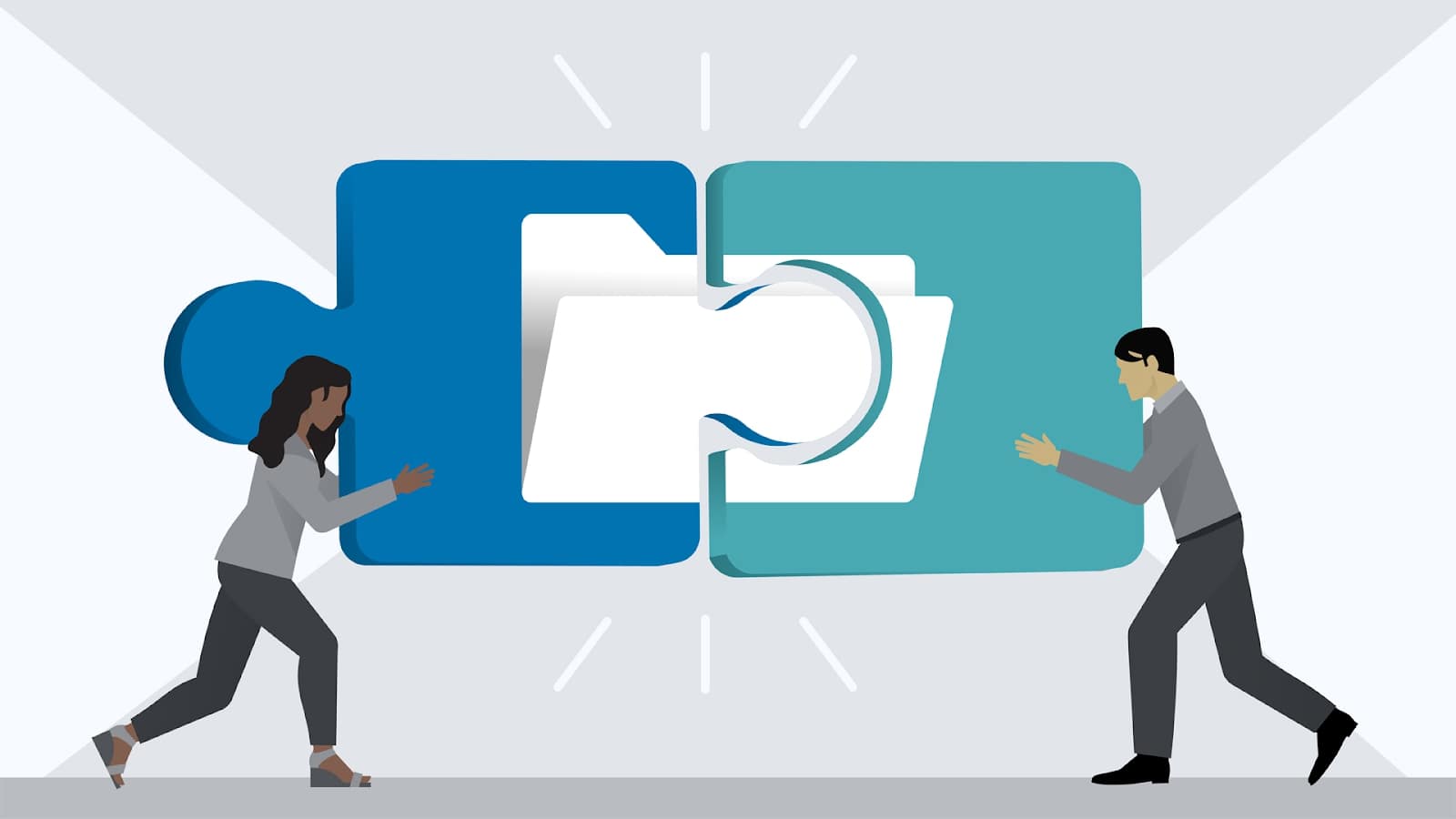
The developers have designed a product so scalable that it can operate on any big e-commerce, business or shopping cart network. In the absence of integration, ShipStation has developed tools that allow you to create a customized integration. It is not difficult to see why ShipStation is one of the most successful fulfillment applications on the market with so much versatility. Here is the integration list:
- Squarespace
- Shopify
- BigCommerce
- WooCommerce
- Shipwire
- Orderhive
- Scout
- Stitch Labs
- Zoey
- Square
- Volusion
- SellerActive
- Paypal
- Magento
- Clear Spider
- Sellbrite
- Chargebee
- Bitium
- Cin7
- TradeGecko
- DEAR Inventory
- Pearl
- BizSlate
- Spark Pay
- Brightpearl
- SureDone
- Finale Inventory
- Yahoo! eCommerce
- PrestaShop
- CS-Cart
ShipStation Pricing
ShipStation offers 6 different price plans as a monthly membership. All plans require unrestricted stores to be linked through all shipping channels. You can also make brand-name labels and packaging slips.
The 6 price plans include the Starter, Bronze, Silver, Gold, Platinum, and Enterprise plans. If you like you’d rather test the service first before subscribing, ShipStation offers a free 30-day trial.
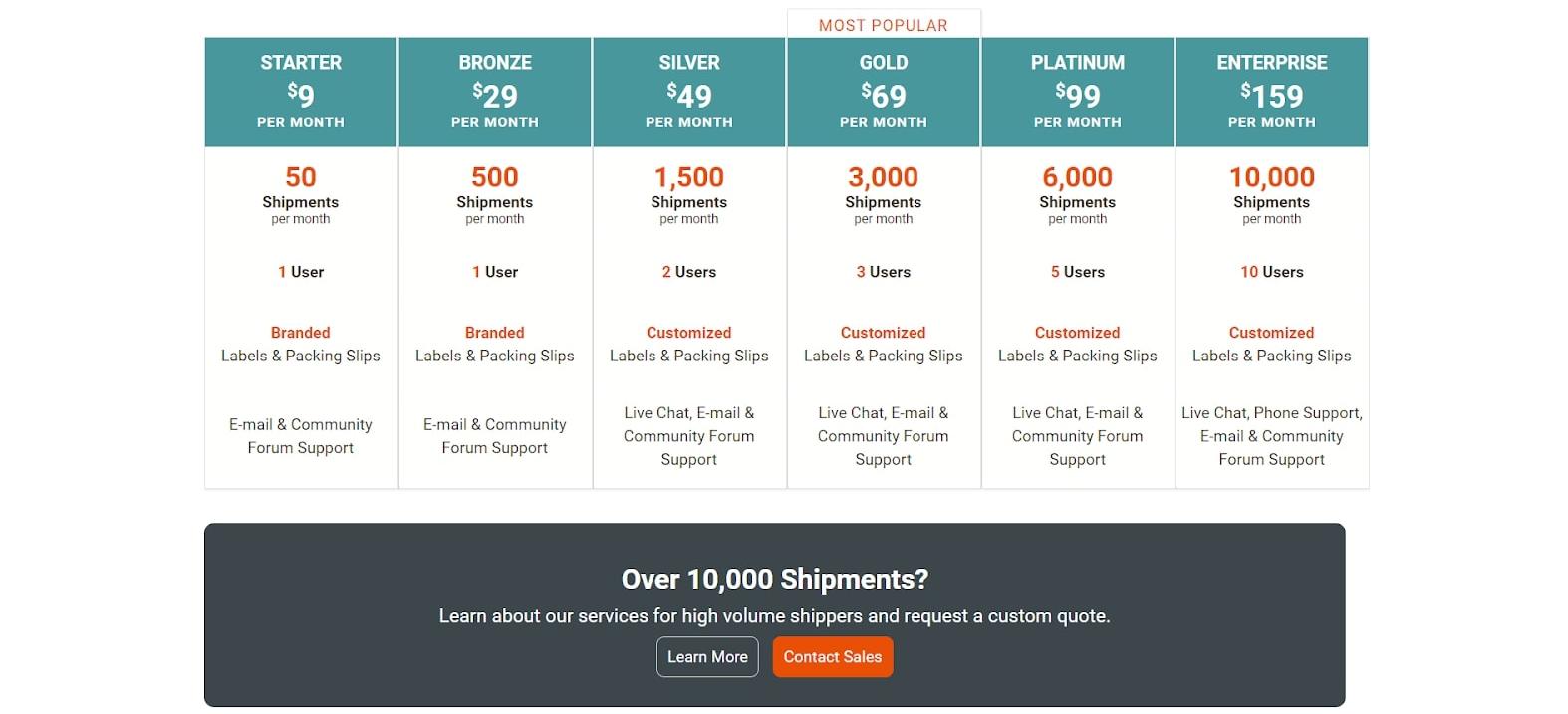
Starter Plan - $9/month
- 50 shipments per month
- All selling channels
- One user
- Branded shipping and packing labels
- Email and community forum support
Bronze Plan - $29/month
- 500 shipments per month
- All selling channels
- One user
- Branded shipping and packing labels
- Email and community forum support
Silver Plan - $49/month
- 1,500 shipments per month
- All selling channels
- Two users
- Customized shipping and packing labels
- Live chat, email, and community forum support
Gold Plan - $69/month
- 3,000 shipments per month
- All selling channels
- Two users
- Customized shipping and packing labels
- Live chat, email, and community forum support
- Most popular plan
Platinum Plan - $99/month
- 6,000 shipments per month
- All selling channels
- Five users
- Customized shipping and packing labels
- Live chat, email, and community forum support
Enterprise Plan - $159/month
- Unlimited shipments per month
- All selling channels
- 10 users
- Customized shipping and packing labels
- Live chat, phone support, email, and community forum support
ShipStation Technical Details
| Devices supported | Language Support | Deployment |
|---|---|---|
| - Windows | English | Cloud Hosted |
| - Android | ||
| - iPhone/iPad | ||
| - Mac | ||
| - Web-based |
Which companies should use ShipStation?
ShipStation proves to be perfect for an online company that delivers only a few orders to existing brands that process thousands of shipments per month.
It has an administration panel that is easy to use and can also be used for several e-commerce websites. It is useful to compare travel costs. However, ShipStation has its own fair share of limitations, just as in any tech service. We found that the program could not say if a buyer was the same if they ordered using a range of distribution platforms. Even, at the time this post is posted, ShipStation sponsors only shippers in the USA, Australia, Canada, and the UK.
Some ShipStation Alternatives

ShippingEasy
ShippingEasy is somewhat similar to ShipStation. Both provide useful features such as online shop integration, order filters, and reduced postal prices. The two differences? Some users think that ShippingEasy does have a more intuitive UI, a great customer experience, and fewer technical problems. This is maybe not a major surprise from a business which is called “ShippingEasy.”
Shippo
Like ShipStation, Shippo can upload your eCommerce orders and labels on the site. Any of the unique differentiators include reduced insurance, 99.9% uptime, automatic integration with your Shippo and your eCommerce sites, and international customs formats. Notice that Shippo is not compliant with ShipStation like many carriers. Shippo provides a €0.05 paid-in-all-shipment package as well as a $10 to $125 monthly payment plan based on the value of the shipment. A Premier package for enterprises is also open.
ShipWorks
ShipWorks provides high-volume multi-carrier carriers providing applications, services, technology, and assistance on numerous networks. The specific hybrid model of the app lets you make sure that desktop computers are reliable, fast, and redundant and combine this with cloud compatibility and simplicity for faster shipping. ShipWorks offers broadly accepted integrations, high-speed printing, and order processing to make ShipWorks the perfect warehouse and eCommerce platform. You can use it for any platform, carrier, or device to fulfill consumer demands for shipping and experience unprecedented speed.
ShipWorks provides similar services as ShipStations with useful features packages such as insurance, account monitoring with productivity reviews, comprehensive user audits, and rights control, ShipWorks provides similar services to ShipStations. In summary, a reasonable comparison is between Shipstation and ShipWorks. However, ShipWorks seems a little pricier than ShipStation.
Easyship
Easyship is a leading cloud-based shipping program for growing conversions. The app delivers special prices from the primary courier, a dashboard, and requests for monitoring your delivery. More than 250 shipping options are now delivered through more than 50 multinational partners. ShipStation has more fulfillment networks than Easyship, but rates for the two platforms can be different.
You can appreciate your customers with your branded, tailored shipping tracking sites and e-mails, and special touches using your branding. For crowdfunding projects, there is also a key approach, which ShipStation lacks, along with an elegant shipping API for flow control.
Easy Post
EasyPost is an API shipping working as a ShipStation alternative. It is compatible with hundreds of global carriers, such as USPS, DHL, UPS, FedEx, and more, so that you can rank between different carriers. Packages may also be registered, addresses validated and packages insured. EasyPost will remove integrations for months, time-consuming upgrades, and detailed carrier documentation as well.
The API serves hundreds of carriers that manage thousands of goods and other transport and monitoring networks. This provides you with greater versatility and control over packing logistics and delivery. You can monitor all these shipments through the carrier and even gain end-to-end coverage of all packages. Unlike ShipStation, which has five plans EasyPost has two pricing plans – developer API and customized scheme. The EasyPost API has been created by and through developers without a subscription charge or cost.
Final Words
Now you have learned everything about ShipStation from the positive to the negative. ShipStation is one of the market’s most successful performance services because of one reason: it works. The app connects with virtually every framework and takes an attempt to do it as smoothly as possible. For any eCommerce retailer seeking support in its results, this product should be a prime consideration.
Because of the lack of recognition requirements in its profile, ShipStation replicates customer accounts. However, it works well when the shipping needs of an organization are streamlined. This allows you to save time and money from two worthwhile company investments.
In spite of this, we will suggest that e-Commerce stores should use ShipStation to accelerate processing. After all, what online buyers come after is the support and experience, not just the products themselves.
New Posts






